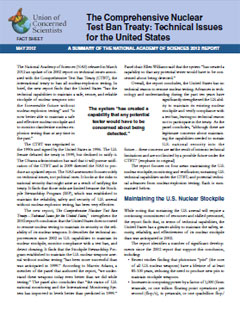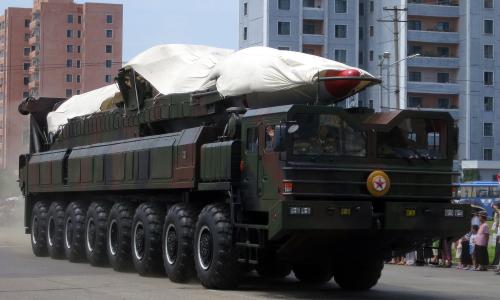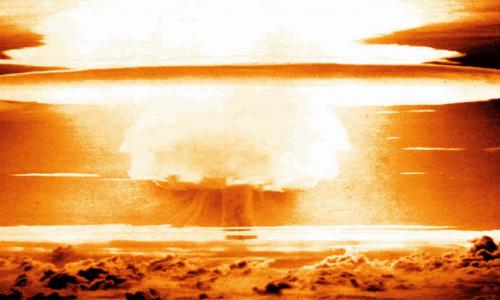A report released in March 2012 by the National Academy of Sciences (NAS) finds that the United States has the technical capabilities both to maintain a secure and reliable nuclear weapons stockpile without nuclear testing, and to monitor clandestine testing by other nations.
The new report is an update of a 2002 report on technical issues associated with the Comprehensive Test Ban Treaty (CTBT), the international treaty to ban all nuclear-explosion testing. The CTBT was negotiated in the 1990s and signed by the United States in 1996, but the Senate declined to ratify it in 1999. The Obama administration has announced that it will pursue ratification of the treaty.
Advances in technology and understanding during the past ten years have significantly strengthened the U.S. ability to maintain its existing nuclear stockpile, according to the report, leaving no technical reason not to participate in the treaty.




